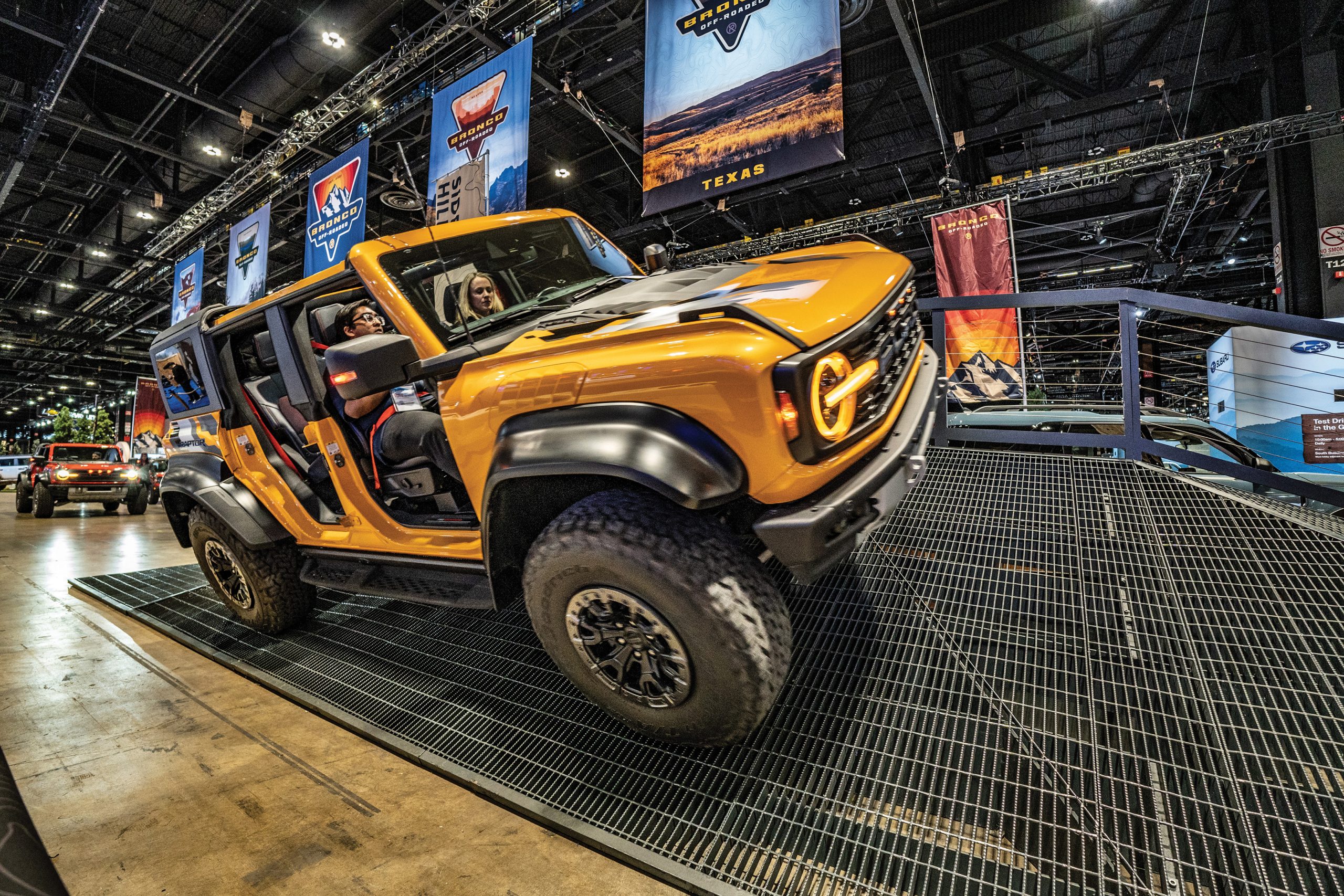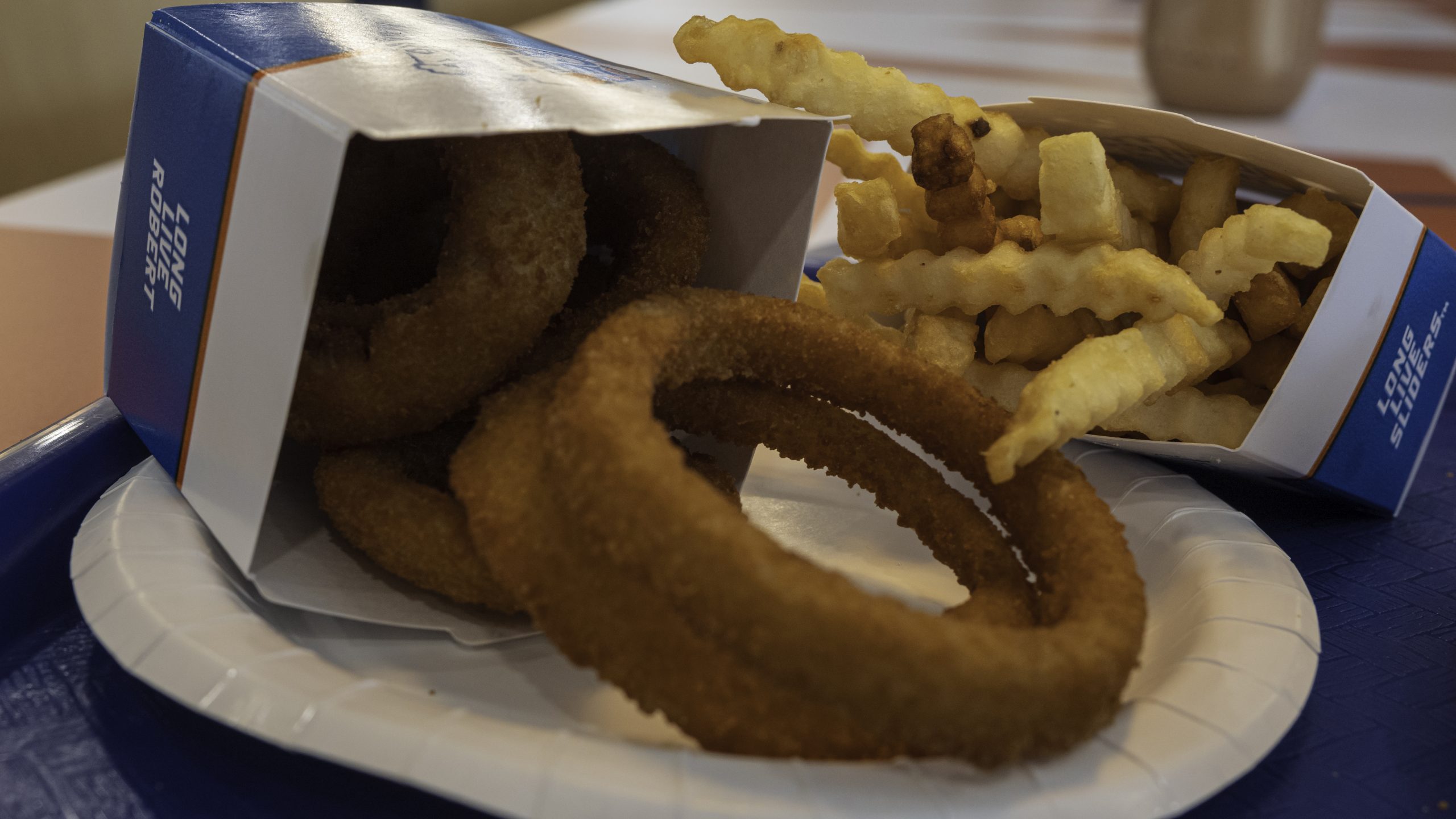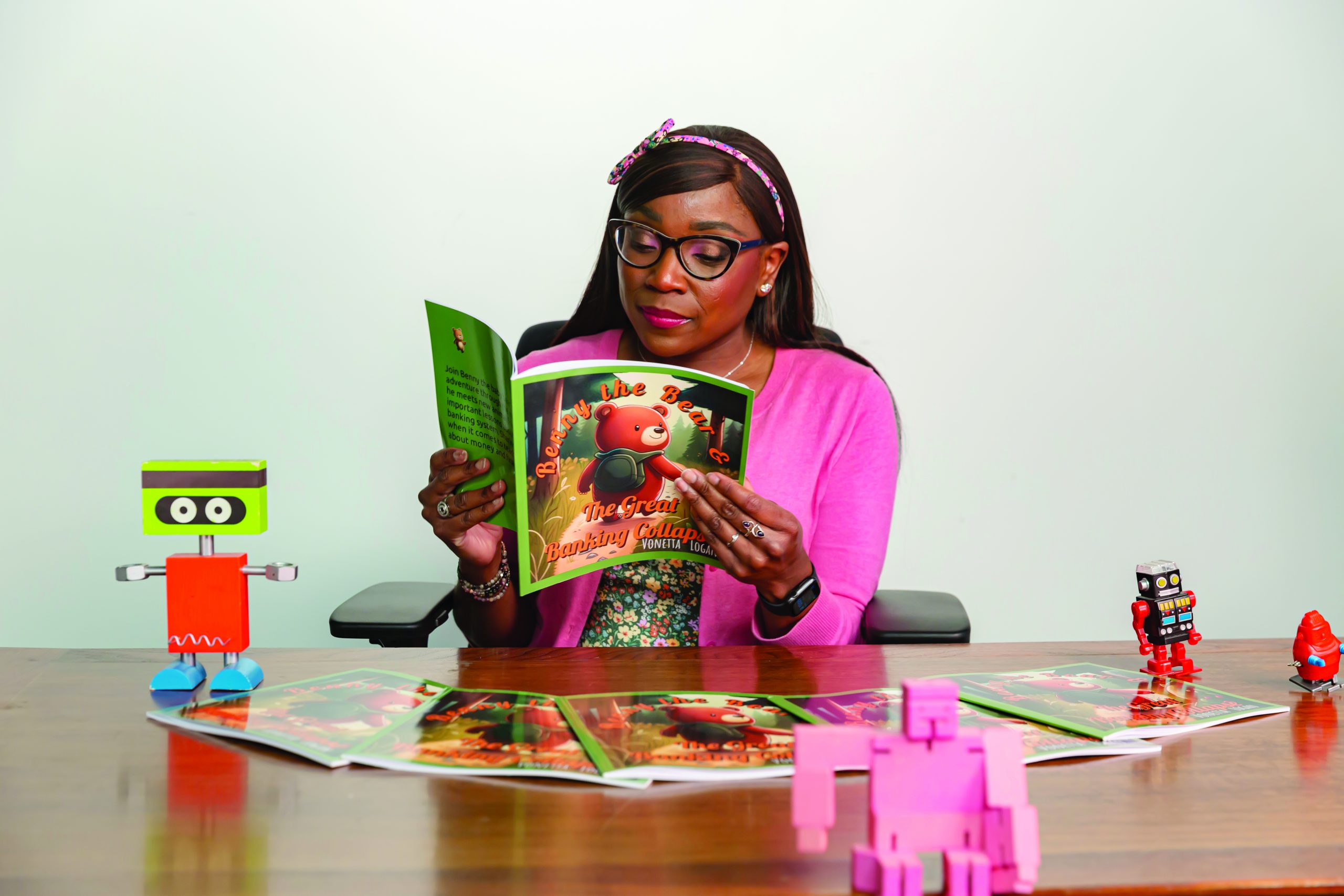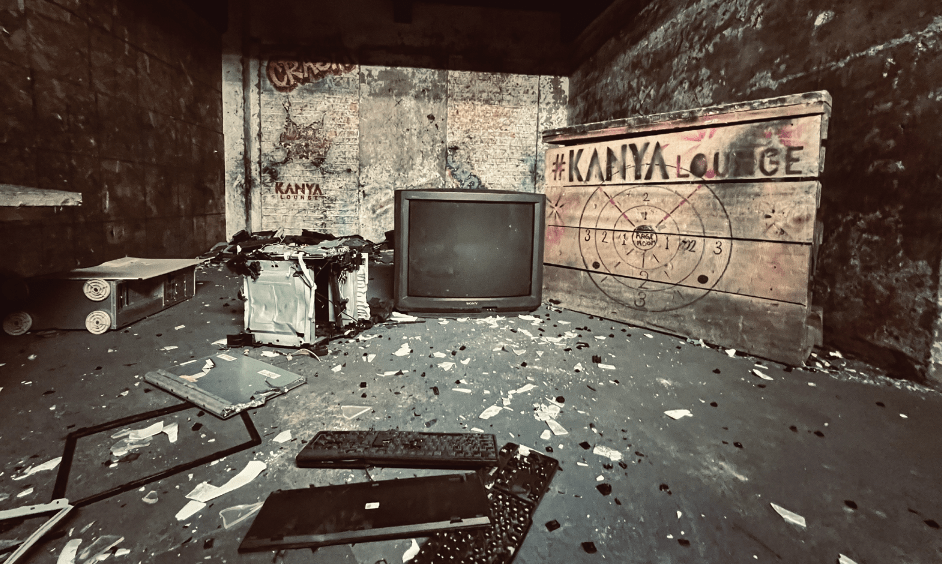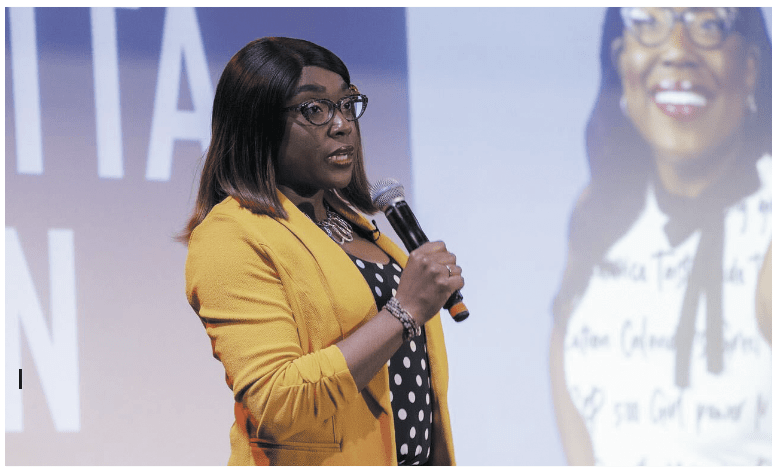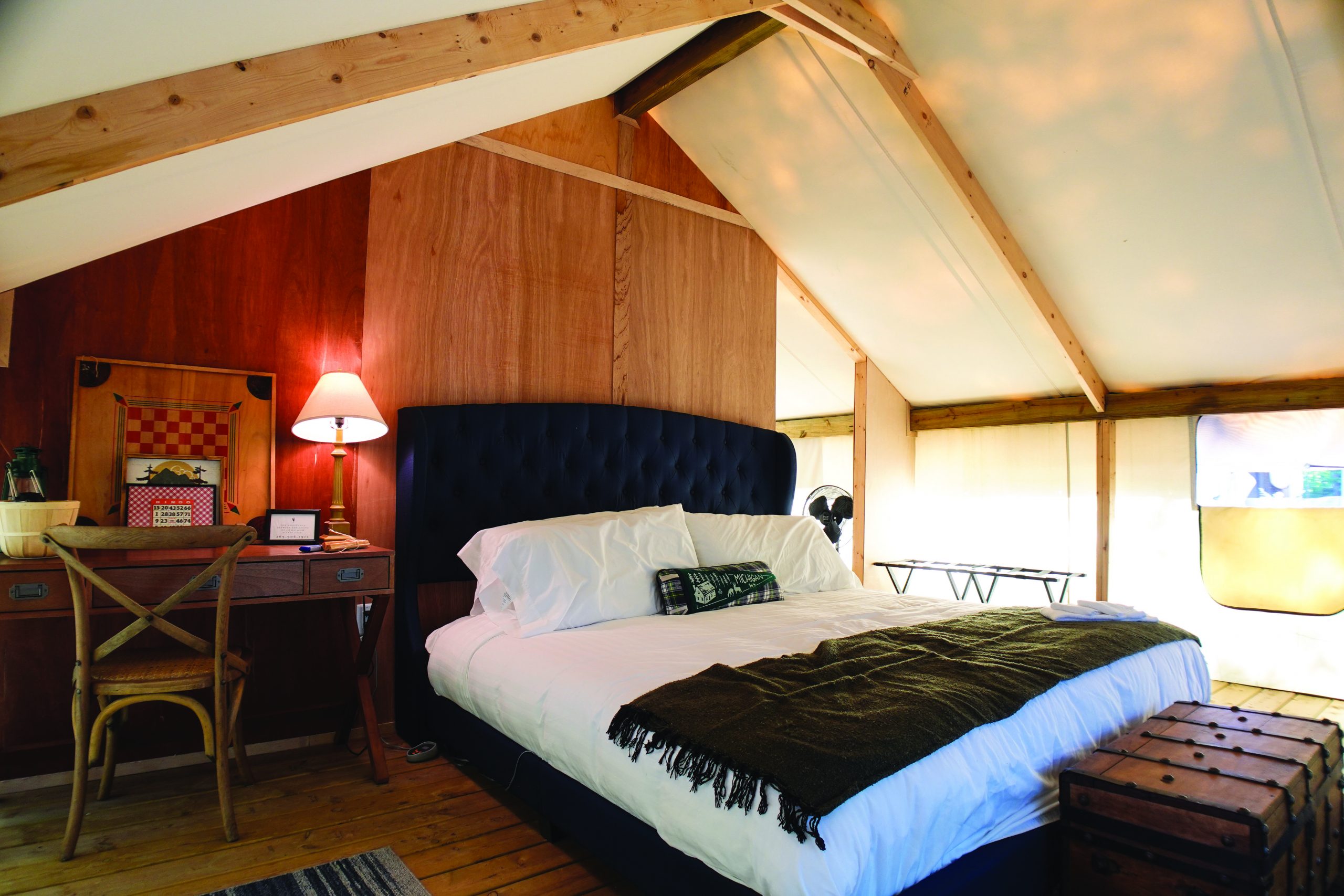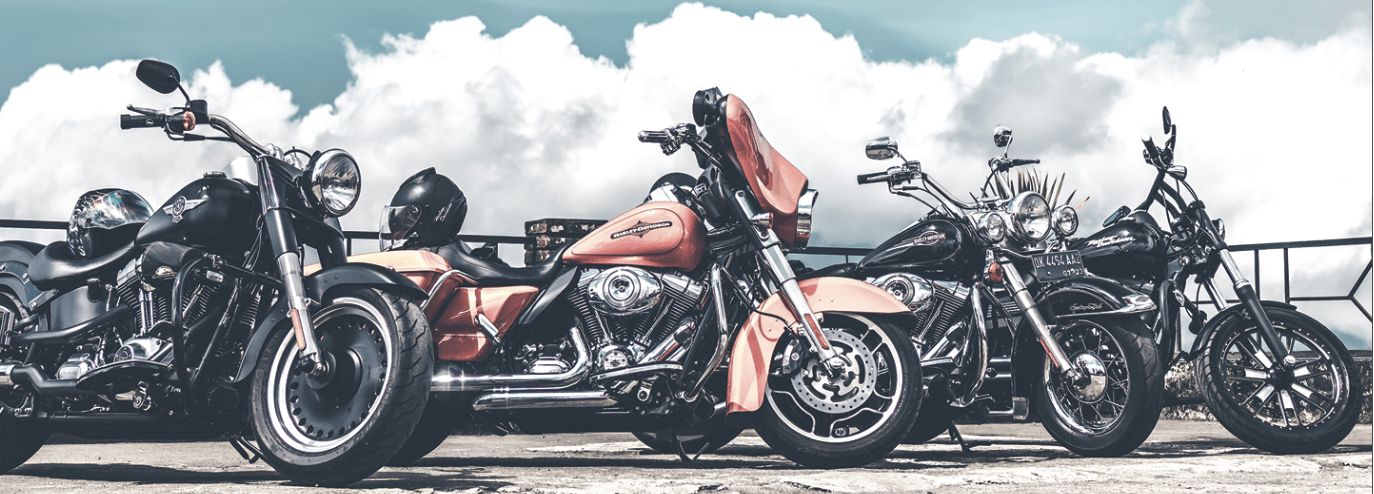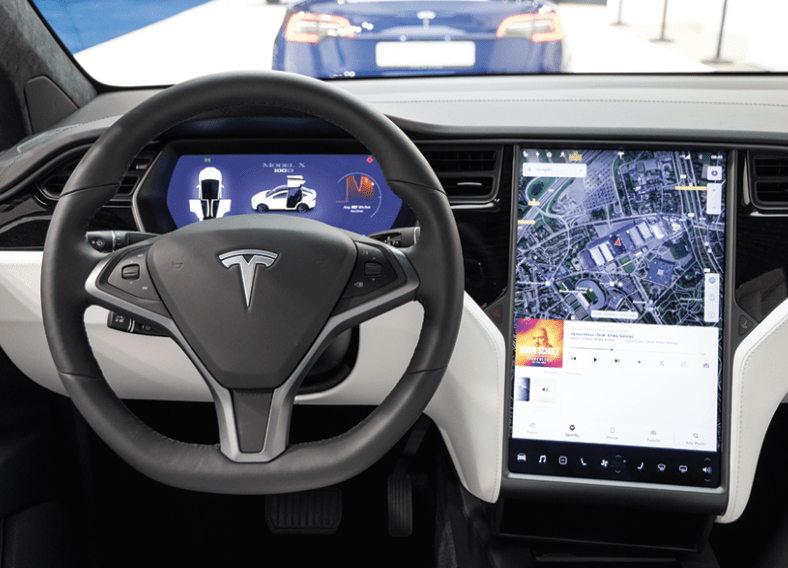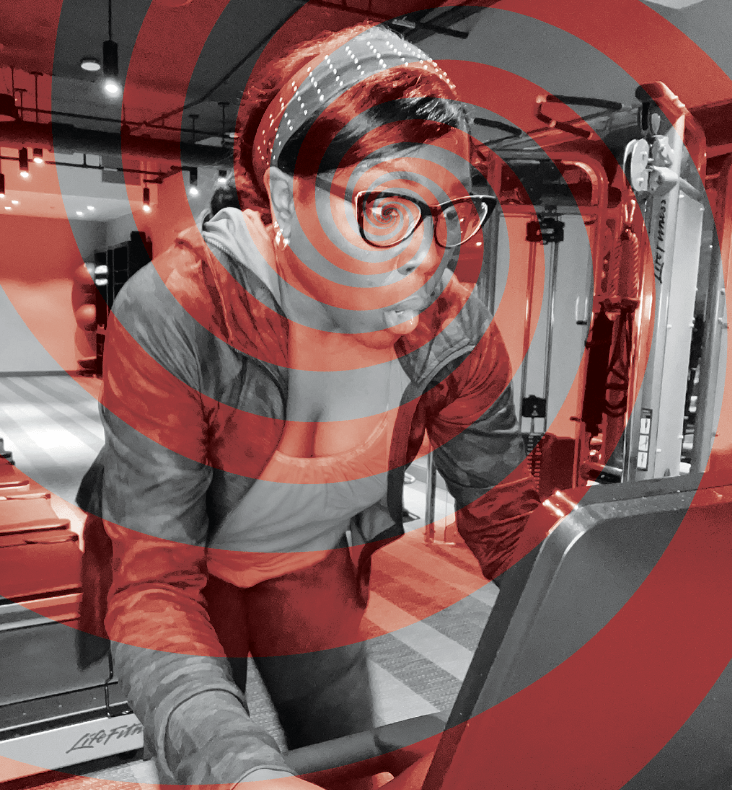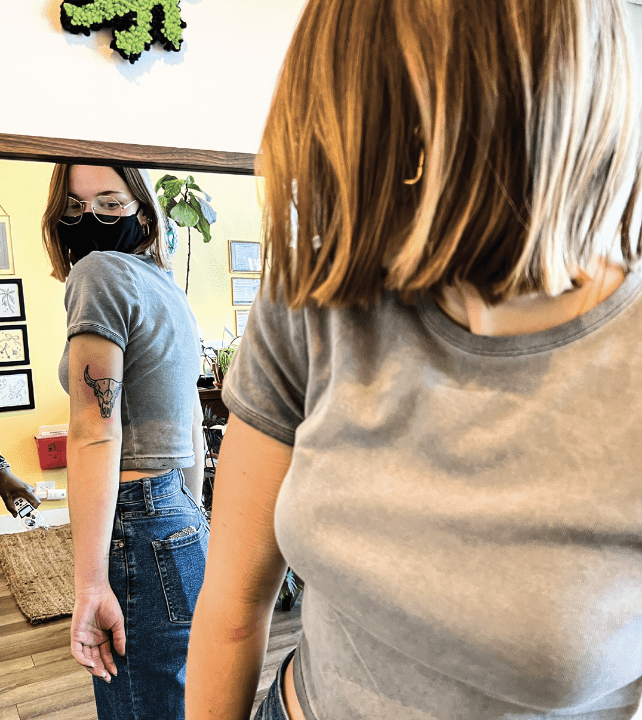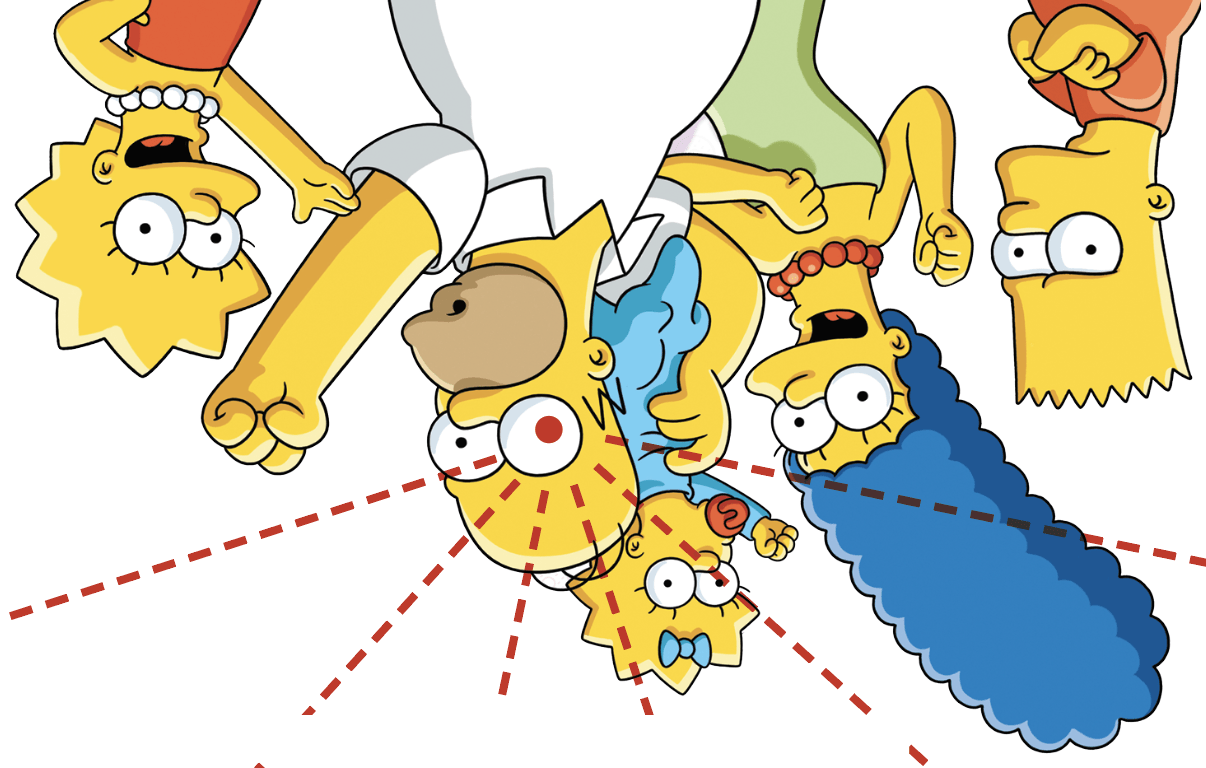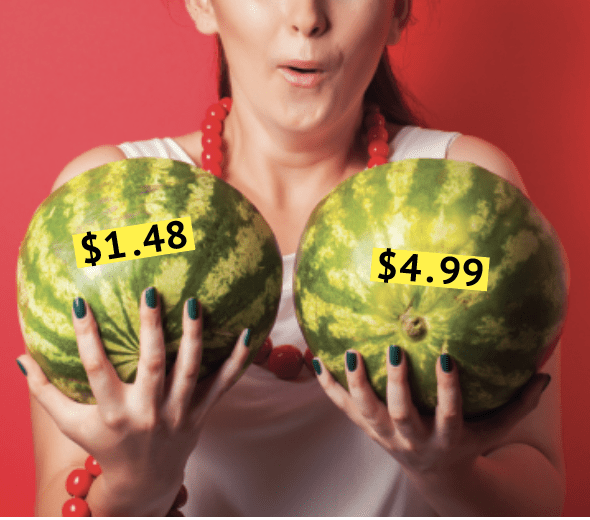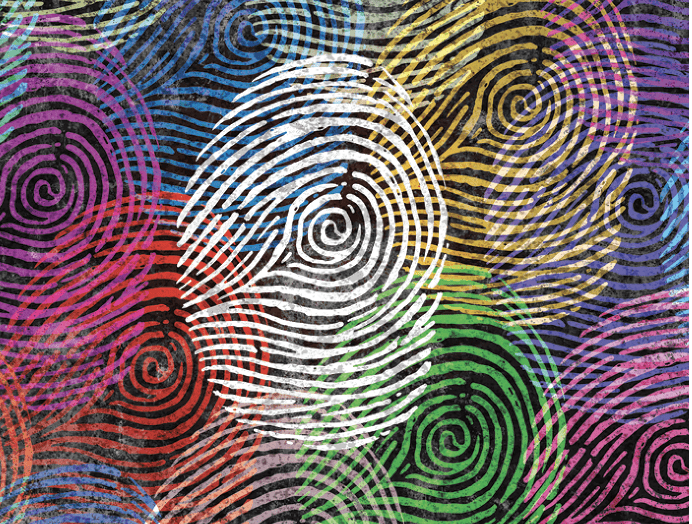Black Mirror Bodega
Amazon Go stores combine the ambiance of the inside of a vending machine with mundane sandwiches
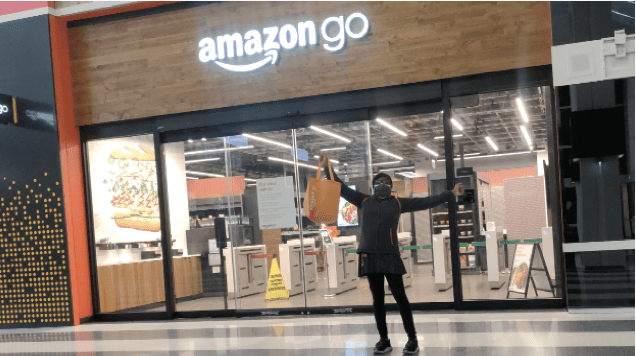
As consumers shift from conspicuous consumption to experiences, they’ll find a plethora of places to spend money. Want to be a ropin’, ridin’ cowboy? Go to a dude ranch. Want to throw a heater over home plate? Do a spring training boot camp. Want to clandestinely put a bacon, egg and cheese breakfast sandwich into your bra and then just walk out like an early-aughts Winona Ryder? Go to an Amazon Go store.
Amazon Go stores eliminate cashiers by combining computer vision, depth sensors and machine learning to record what merchandise shoppers take off the shelves. Amazon opened the first of its smallish convenience stores in 2018 and now operates 27 in four cities—New York, Seattle, San Francisco and Chicago. The stores offer ready-to-eat meals and snacks for breakfast, lunch and dinner, as well as other sundries. Amazon also plans to build full-scale cashier-less Amazon grocery stores. Keep in mind that Amazon also owns more than 500 Whole Foods Market locations that it acquired in 2017 for $13.7 billion.
So, what’s it like to stroll breezily through a store and then walk out without interacting with a single soul? First of all, it’s not as “easy breezy” as one might imagine. Shoppers have to download the Amazon Go app to a cell phone and sync it with an Amazon account. Do that before leaving the house or risk having a turnstile punch your junk while bystanders point and laugh.
It’s also worth mentioning that this is the fourth Amazon app on my phone. I have the original Amazon app, the app that controls my Alexa devices, the Whole Foods app and now the Amazon Go app.
Anyway, the time had come to engage the tech at an Amazon Go. At lunch time, I hopped into my car and headed to Ogilvie Transportation Center, a massive train station where commuter lines converge in downtown Chicago. According to Metra, the organization that wrangles a lot of those trains, more than 100,000 commuters pass through Ogilvie daily in non-pandemic times. That’s pretty good foot traffic for a Black Mirror bodega.
On the day I visited, Ogilvie wasn’t crowded. On the first floor, a modern food court offers Dunkin’, Burrito Beach, Popeyes, Panda Express and others. (I’ll explain later why I’m mentioning this.) Take the escalator up to the second level, and there’s a beautifully lit sign for Amazon Go. Instead of metal prongs, a row of what looks like subway turnstiles has sleek transparent panels that silently whoosh open and closed like the pod bay doors on Star Trek. Simply scan the QR code on your cell phone and you’re in!
They didn’t post a ton of clearly written directions on how to enter the store. Information about the app appears on a flat-screen TV, but the messages rotate. I looked up everything I would need to do before I got there, and the app does have a handy “tutorial.” But the experience remains far from intuitive.
As I was browsing the store and taking notes, an older black man stopped on the other side of the turnstiles and bellowed, “How the heck do you get in here?” I told him he needed an app. “An app?” he said. “Why there got to be an app for everything? Is it free?” I told him the app was free but was linked to an Amazon account and needed a credit card. “Shoot, forget this then,” he replied, “ain’t nobody got time for that.” Then he walked away.
I wanted to interview patrons, but the store was literally empty. One other man did come in, but he grabbed a Red Bull and fled before I could ask him any questions.
The store reminded me of a slightly fancier Hudson News, the airport chain stores where travelers can grab the latest Danielle Steel along with a snack. Amazon Go has some interesting options like chicken banh mi sandwiches and flat iron steak entrees, but most of the prepared food looked like sad, cold convenience-store fare. I ended up selecting a chicken quesadilla for $6.49, chicken tortilla soup for $4.99 and a kombucha for $3.29.
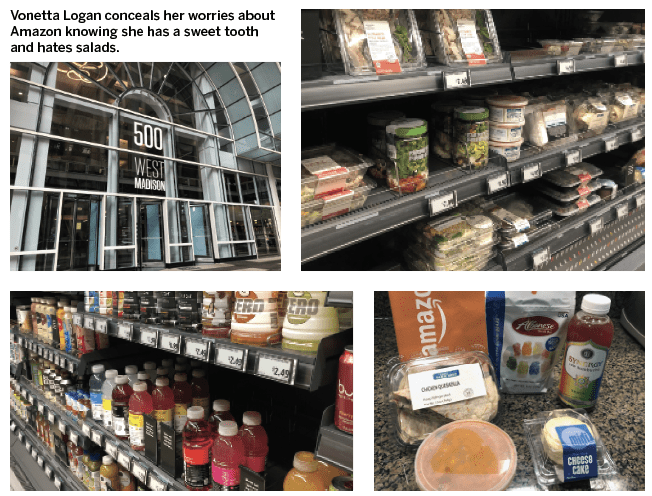
There weren’t any employees in the store, and the footprint was probably 1,000 square feet to 1,500 square feet. As I looked up, I saw dozens of cameras mounted to the ceiling and did my best to test the system. I put some yogurt into my bag, walked around the store, then put it back. I was only charged for the items I walked out with—not for anything I picked up and put back.
Most of the merchandise was food-based, but one aisle did offer greeting cards, Amazon Basics phone chargers and even prophylactics. Sadly, Jeff Bezos does not care if they are ribbed for my pleasure. But this is the perfect way to buy sanitary napkins or condoms without awkward conversations with your local cashier!
But remember that first-floor food court I mentioned earlier? When you enter Ogilvie, your senses are delighted by the smells of fried chicken, Chinese spices and Cinnabon baked goods. Everything in the Amazon Go store is cold, and the store just smells like capitalism. So, I’m not totally sure of the store’s purpose.
If you’re going to have to sit on a train riding out to your suburban estate, you might prefer fried chicken to a cold curry chicken wrap. Other passengers who have to smell the meal might disagree. However, if someone is arriving in Chicago and needs something to stick in the office fridge for lunch, this might hit the spot. Amazon Go offers more “healthy” options than the food court, but then some of us hate salads with the burning passion of a thousand suns.
From a societal impact standpoint, as a person of color, I will say it’s nice to have a store with a baseline model that doesn’t include having employees follow you around the whole time to make sure you’re not stealing. Yes, even in 2021, when I take my J. Crew-clad self to some retail establishments, I get followed around. Sometimes I like to stop suddenly so the shopkeeper runs into me, but alas. The app unlocks the turnstiles as you exit, and you literally walk out the door with your bag of booty. The app tracks how long you were in the store then sends a receipt.
I took my food home for a taste test. I wanted to pan sear my chicken quesadilla, but I wouldn’t have that option in my office, so I popped it into my microwave. I did the same with the chicken tortilla soup. Everything was flavorful and well-seasoned, but it wasn’t any different from what I could get from the grab-and-go section of my regular grocery store. The $4.29 mini cheesecake that I snatched up on impulse was very good.
So in conclusion, the store is an introvert’s paradise. I use self-checkout 95% of the time. I hate small talk. I hate lines. I hate large groups of people. There’s an adrenaline rush grabbing merchandise and then walking out, but concerns arise about some people not having access, regardless of how tech-savvy they are.
And Amazon now knows I have a sweet tooth and hate salad. They say they only keep data on shopping habits for 30 days, but who knows? Expanded to a full cashier-less grocery store, the benefits would definitely outweigh the novelty. But sometimes a girl just wants a spicy two-piece with mashed potatoes and a biscuit.
Vonetta Logan, a writer and comedian, appears daily on the tastytrade network and hosts the Connect the Dots podcast. @vonettalogan

